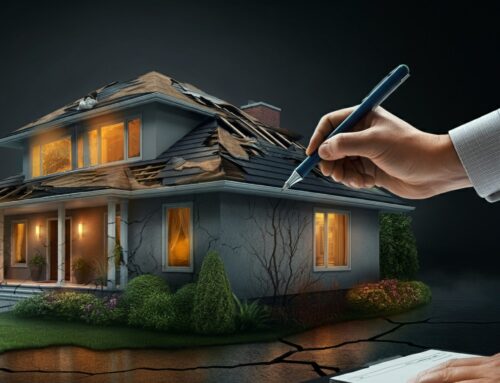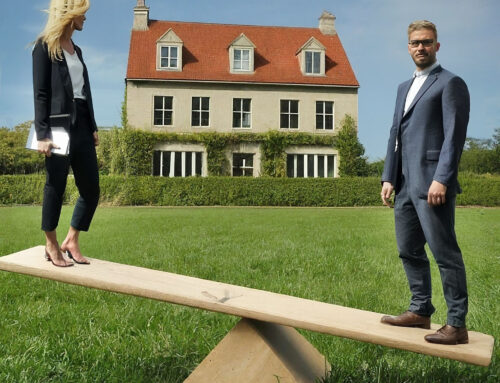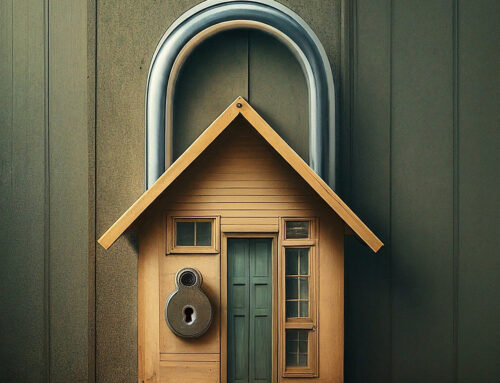How to Increase Your Home’s Value by 15%

Have you ever wondered about the impact of landscaping on your home’s value? It’s a topic many homeowners are curious about, and for good reason. Real estate agents often tout the benefits of a well-landscaped yard, claiming it can significantly increase your home’s worth by 15 percent, especially when it comes time to sell. But is this claim based on solid evidence or just fluff?
A study conducted by Virginia Tech back in 2009 delved into this exact question, what is the effect of landscaping on a home’s value? Their findings shed some light on the matter, revealing a few key insights:
- Enhanced Landscaping, Enhanced Value: The study suggests that upgrading your landscaping from average to excellent could potentially boost your home’s value by a notable 10 to 12 percent.
- The Power of Curb Appeal: Beyond just the numbers, investing in your yard’s appearance can help your home stand out in the neighborhood. That initial impression, known as curb appeal, can make a significant difference in how potential buyers perceive your property.
- Greatest Impact: Factors like design complexity and plant size have the greatest impact on value. It’s not just about adding greenery—it’s about strategic design choices.
Judge for yourself. Below are before and after photos of a front yard relandscaped to be more water efficient. Which one has better curb appeal and perceived higher home value?
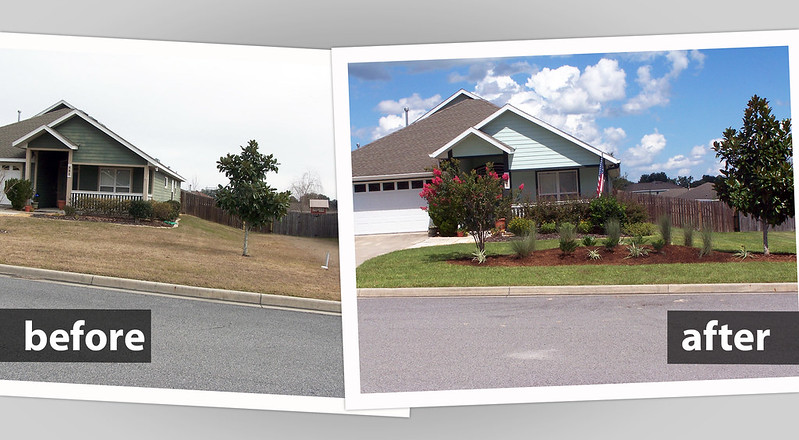
yard_before_and_after
Photo: Courtesy of Alachua County, Florida
Now, while these findings are certainly captivating, it’s essential to approach landscaping with a balanced perspective. While it may add value to your home over time, the primary goal should be to create an outdoor space that enhances your quality of life. So, before you embark on any landscaping endeavors, here are a few considerations to keep in mind:
Five Key Considerations to Ponder Before Improving Landscape
- Budgeting Wisely: It is recommended that homeowners budget up to 10% of a home’s current value on landscaping improvement with the assumption that it’ll pay for itself. Labor and services will cost more than the actual material or plants. There is an old gardening adage, “$5 dollar plant in a $20 dollar hole”, which highlights that digging and preparing the hole costs more than the actual plant itself. If you’re willing to roll up your sleeves and take a do-it-yourself (DIY) approach, you can allocate more of your budget to materials and plants. Additionally, consider breaking the work into phases to align with your financial timeline.
- Navigating Local Regulations: Every area has its own set of regulations governing landscaping projects. Check with your Homeowners Association (HOA) or local municipality to ensure compliance with any bylaws or permitting requirements. For example, are there restrictions on fence heights? Are ground swells required to capture rain runoffs in your yard, etc.? You may also find rebate programs for water-efficient landscaping that can help defer some of the landscaping cost. Understanding these regulations upfront can save you headaches down the road.
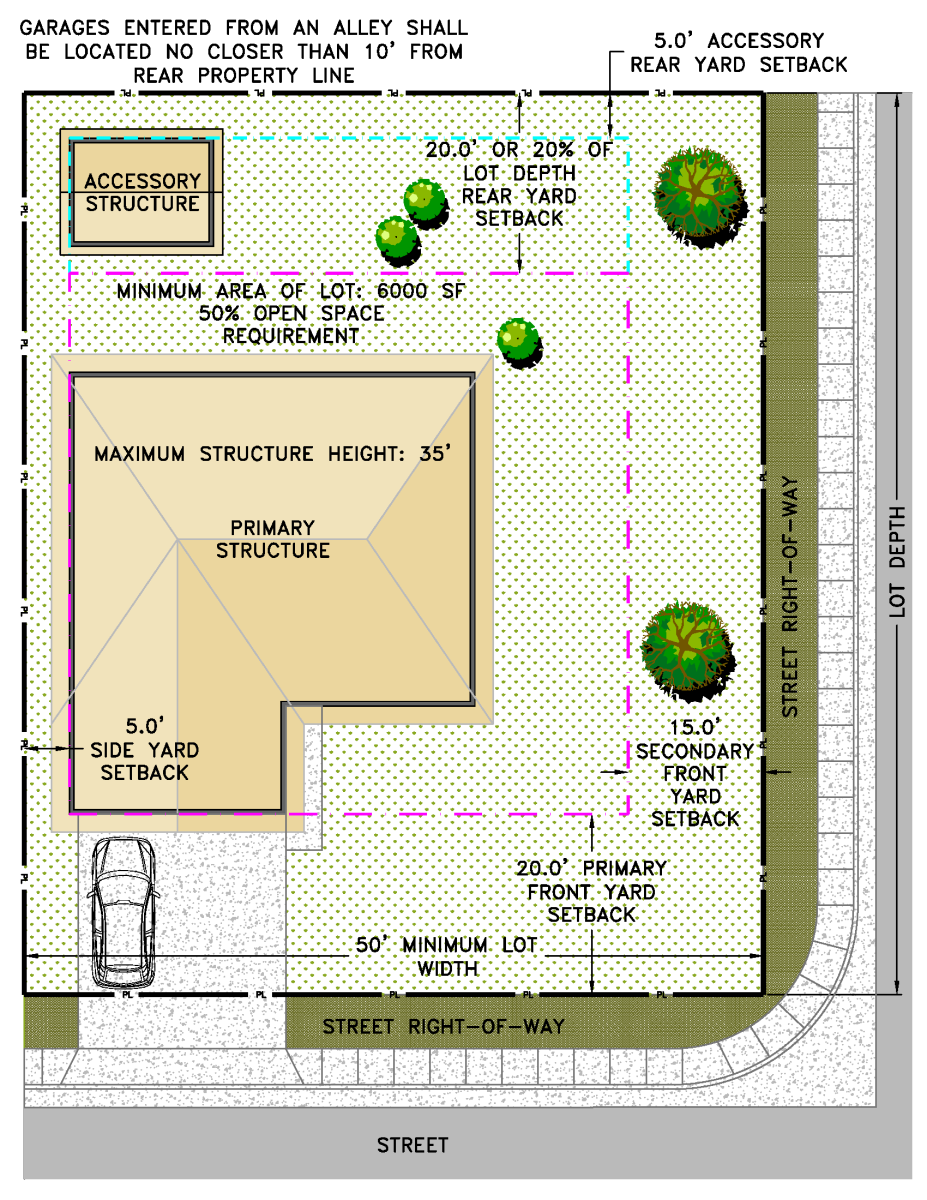
yard_zoning
Your local laws will vary, but here is a clear example of yard zoning complexity
- Crafting a Design: Before you start digging, it is important to come up with a comprehensive design that fits within your budget and meets your needs. A good first step is to list out how you intend to use the outdoor space and prioritize it. Is your goal to create a relaxing retreat, a play area for children, an entertainment space, room to grow vegetables, or outdoor cooking zone? Factor any other requirements to list, such as children safety, pet friendly and resistant, water efficiency, and level of maintenance. A factor to also consider is the location and orientation of the house. Is the climate conducive to the planned activity? Do you need a vegetation screen for privacy, to provide shade, or to dampen noises? It is important to prioritize the requirements, because you may not have the budget or the space to accomplish everything on the list. Once you have the requirements, determine whether to hire a landscape architect/designer to come up with a design or handle it yourself.
- Landscape Architect/Designer: Prices can vary, ranging from $2000 to $7000, with the national average around $4500, according to HomeAdvisor and Angi. These professionals specialize in creating tailored designs that align with your needs and budget. From irrigation to plant selection, they take into account various factors like grading, water drainage, climate, and site conditions. You can also explore full-service landscaping companies that offer end-to-end solutions, from design to maintenance. A helpful tip is to ask neighbors with appealing landscaping for recommendations. Once you’ve gathered a few options, compare bids to find the best fit for your project.
- DIY Design: If you’re working with a tight budget but have some time to spare, there are free handy guides available. Also, consider seeking advice on platforms like the subreddit r/landscaping. It’s a great place to gather insights and ideas from fellow enthusiasts. When posting, provide as much detail and photos as possible to receive helpful suggestions. Keep in mind that the advice may not be as detailed as that from a professional. Some users have found success in using it as a sounding board to refine their design. Don’t forget to think about water drainage and grading. It’s essential to avoid situations where new landscaping gets washed away or causes water issues for you or your neighbors.
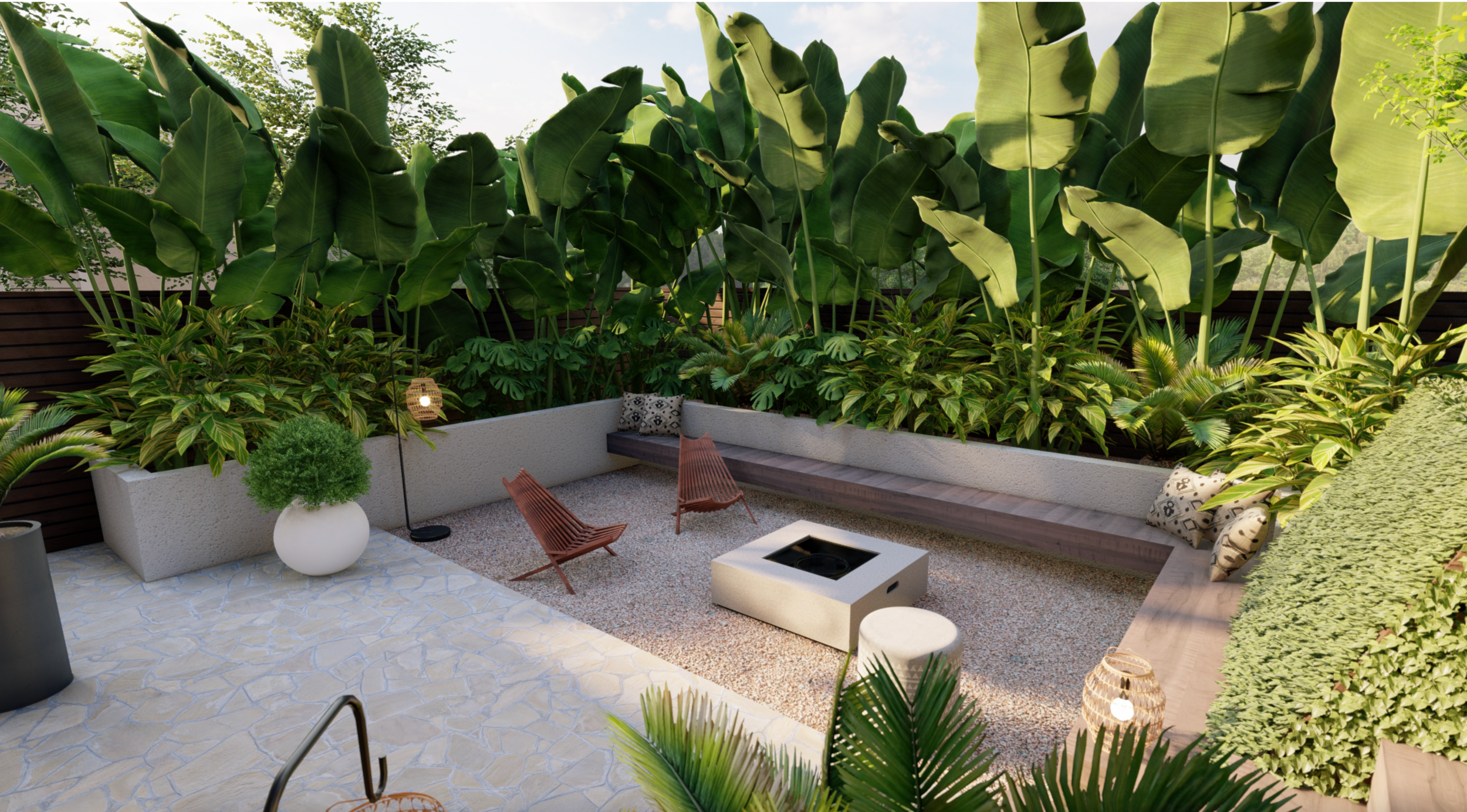
backyard_firepit
Image courtesy of Yardzen
- Deciding on Implementation: Depending on the complexity of your design, you may choose to handle the implementation yourself or hire landscape contractors. Projects involving specialized equipment, expertise or accelerated timelines are best left to the pros. For example, if your plan calls for a significant amount of hardscaping (i.e. deck or patio) or a complex irrigation system, then go with the pros. However, smaller tasks like planting or spreading mulch can be tackled DIY or with the help of laborers.
- Think About Maintenance: When planning your landscape improvements, don’t forget to consider maintenance. It’s often overlooked until after the project is complete. Maintenance tasks like pruning shrubs, mowing grass, and maintaining decks are essential for keeping your outdoor space looking its best. The key question isn’t whether maintenance is necessary, but rather, what level of maintenance you’re comfortable with. Some landscapes require minimal upkeep, while others demand more frequent attention. For example, opting for native plants with a water efficient design can greatly reduce maintenance efforts.
As you embark on your landscaping journey, keep in mind the importance of thorough planning and landscaping design. By taking into account factors like budget, local regulations, and maintenance requirements, you can ensure that your landscaping project not only provides enjoyment and enhances your home’s curb appeal, but also adds tangible value to your property. So, whether you’re planting a garden, installing a patio, or adding trees to your yard, approach the process with care and foresight. Your home and your wallet will thank you for it. Happy landscaping!

